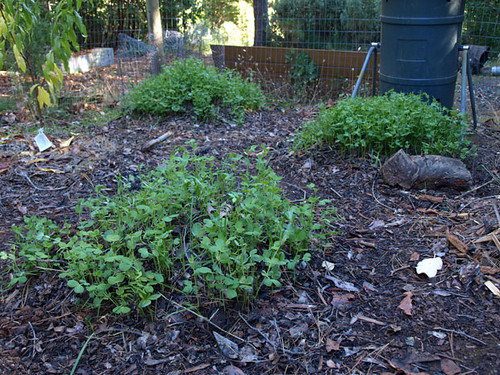I have sort of come to the conclusion – inasmuch as I can come to a conclusion this early in the process – that where I garden, building a food forest is about critical mass. It’s a very different aesthetic than planting, say, a row or garden full of spring annuals. Since I started seriously “building” the first patch of food forest, I have taken the approach of mindfully planting a bunch of things (hopefully the right things, in the right places) and then forgetting about them. I’ve scattered seeds, buried tubers and rhizomes, and transplanted young plants. To date, the list of plants includes blueberries, currants (red and black), gooseberries, sorrel, Goji berries, rhubarb, horseradish, strawberries, lingonberries, sunchokes, lots of different allium representatives (garlic, leeks, onions, chives, shallots, garlic chives, ramps, bear’s garlic), clovers and medics, assorted mustards and other greens, and carrots, radishes, turnips, sunflowers, and various herbs.
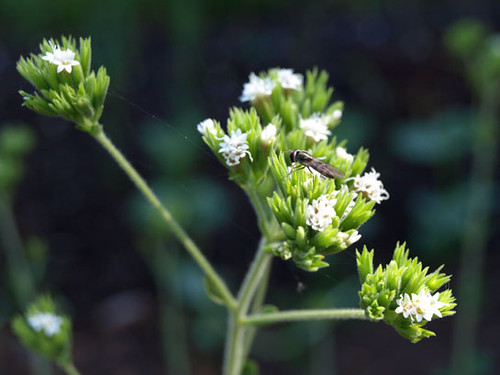
Stevia Flowers
Already this “plant and forget” approach has yielded satisfying surprises – onions and garlic are emerging in places I had forgotten I planted them, and other scattered seeds have germinated and are taking off. Come spring, the herbaceous, ground cover, shrub and rhizome layers will hopefully start filling in, which leaves the vertical and low tree layers, both of which I’m still working on. For the low tree layer, today I planted the plum seeds I collected a few weeks ago, cherry seeds collected at the the National Mall in Washington, DC, as well as ramps seeds that have been in the refrigerator. In January, I’ll plant the cold-stratified and acid scarified elder seeds, and see how their germination rates compare to the control seeds. One of the Chinese hackberry seeds germinated, and the seedling is robust and growing steadily. For the vertical layer, I’ll try to root cuttings from my most robust grape vines, and hope that the various kiwi plants that I rooted this year will come back in the spring, at which point I’ll transplant them out into the food forest to climb up the pines and cedars.
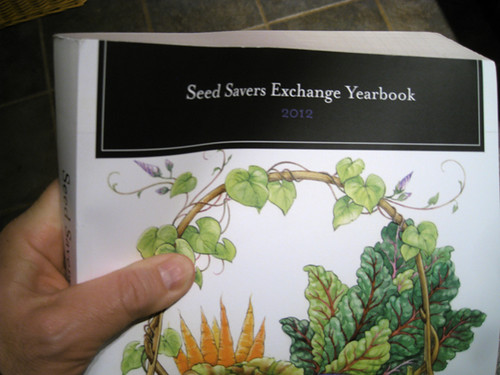 Not a lot to do in the garden lately. I’m holding out hope that the scarily dry winter will give way to a miracle March, filled with snow and rain. In the meantime, the catalogs have arrived in force. Along with the usual suspects – Seeds of Change, Territorial, High Mowing, Peaceful Valley, John Scheepers Kitchen Garden Seeds, Gourmet Seed International, and Johnny’s, to name a few – the Seed Savers Exchange Yearbook (2012) arrived. This is my first year as a member of SSE, and I’m already loving the catalog, and especially the micro-stories that accompany many of the seed descriptions.
Not a lot to do in the garden lately. I’m holding out hope that the scarily dry winter will give way to a miracle March, filled with snow and rain. In the meantime, the catalogs have arrived in force. Along with the usual suspects – Seeds of Change, Territorial, High Mowing, Peaceful Valley, John Scheepers Kitchen Garden Seeds, Gourmet Seed International, and Johnny’s, to name a few – the Seed Savers Exchange Yearbook (2012) arrived. This is my first year as a member of SSE, and I’m already loving the catalog, and especially the micro-stories that accompany many of the seed descriptions.
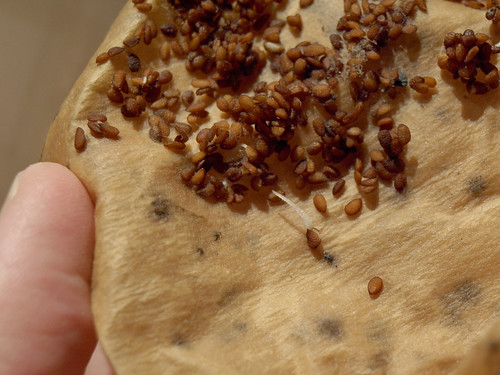
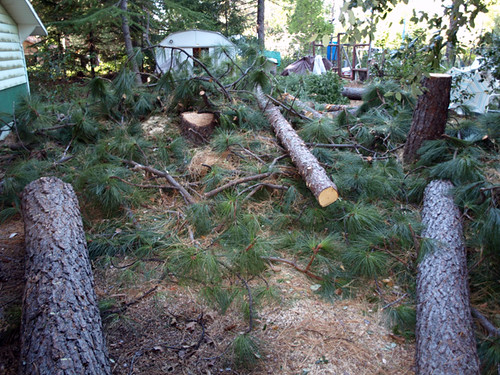
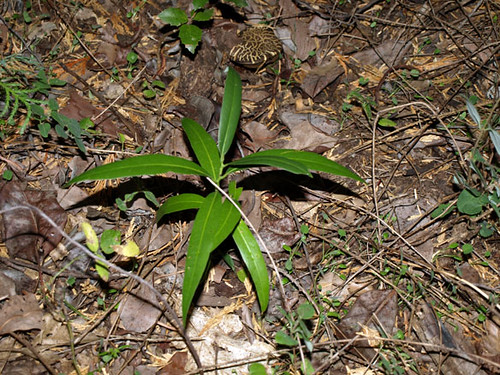
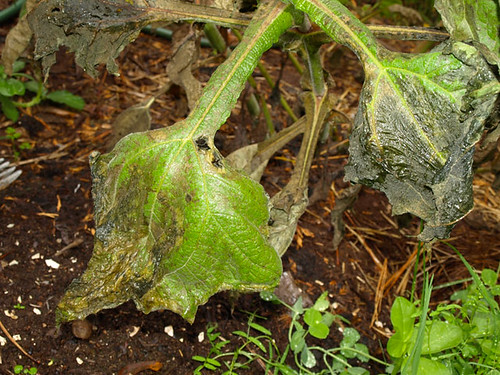
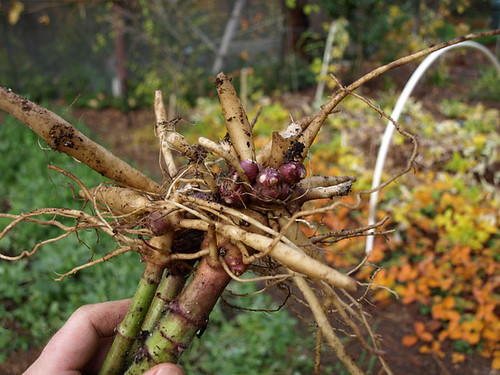
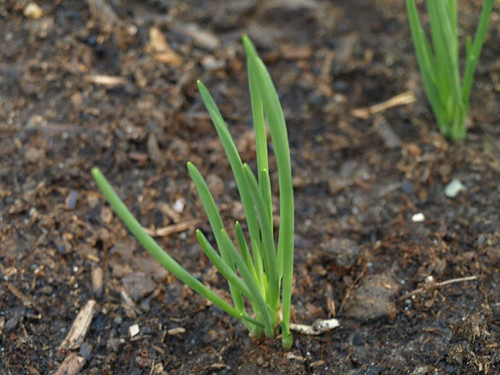
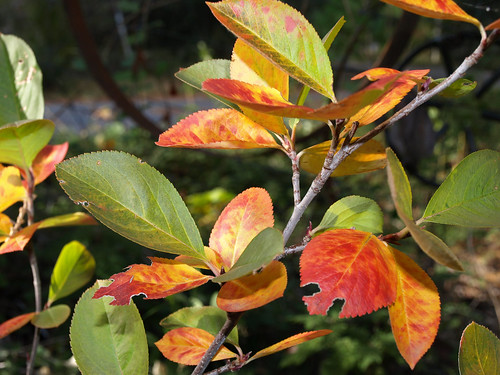

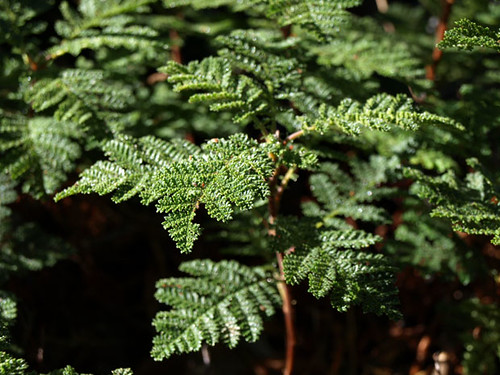
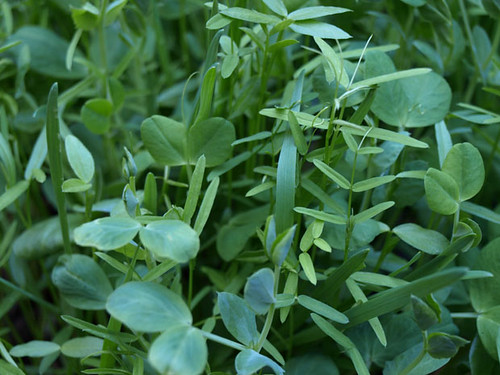 Cover cropping is, in my view, one of the best things you can do for your soil, and one of the easiest.
Cover cropping is, in my view, one of the best things you can do for your soil, and one of the easiest.